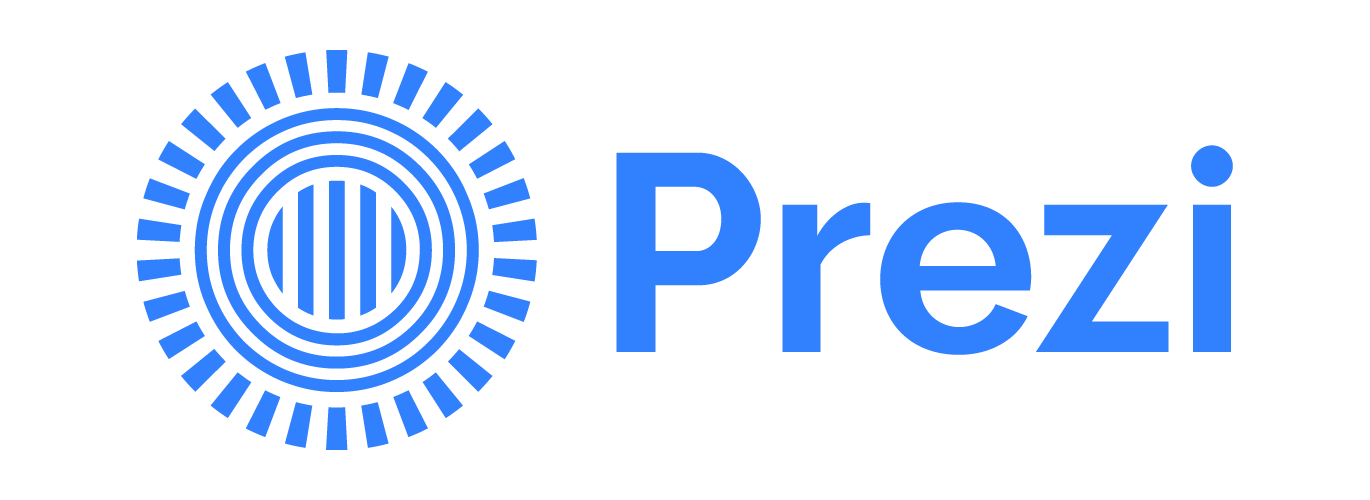Usability testing the Prezi editor
Prezi, as a presentation startup offered many opportunities around the product when I joined. Along with separate desktop, web, and mobile versions, it had collaboration features and a unique interaction model. This made it a difficult problem space, presenting unique challenges in understanding how users navigate such a novel product. My team and I had to experiment with research methods constantly to truly understand their shifting mental models and “aha” moments.

We realized early that we not only need frequent user sessions, but we have to have weekly recurring tests to understand how each interaction change impacts the overall experience.

We quickly realized that only a continuous and rigorous discovery practice could keep pace with our product’s rapid evolution. To truly understand how each interaction change impacted the overall experience, we committed to weekly testing, conducting hundreds of user sessions with the team, while also improving our testing practice as a team. Since editing a prezi takes lots of creativity, we operated with open tasks to not limit the participants’ intentions, which made facilitation difficult and made us think a lot about how each word biased the users’ later actions.

Through this process, I gained deep expertise in a wide range of discovery and research methods, from paper prototypes and A/B tests to eye tracking and guerrilla testing. But my biggest lesson was about impact. To ensure our insights were never siloed, we developed creative ways to get the information to the broader product team—through newsletters, comics, and mini-talks. This was a foundational experience in making discovery a core, integrated part of our product development process.
